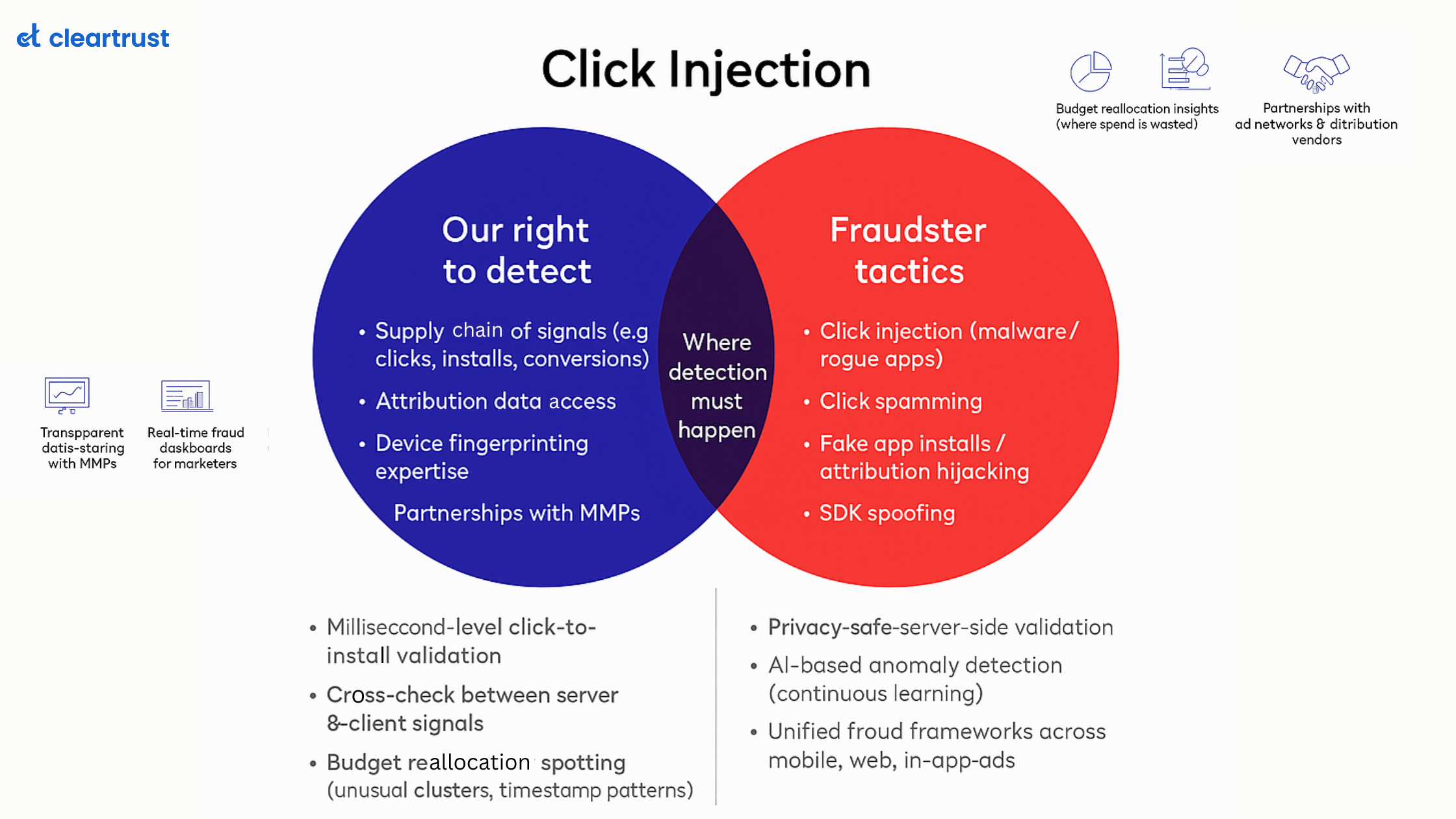In the digital age, bots are everywhere. From powering simple chat responses to automating complex tasks, bots can be allies or adversaries. However, not all bots are created equal, and in the realm of ad marketing, there are limited solutions that can prevent these bots from creating havoc in digital marketing campaigns.
A major challenge is tracking the source of origin of the bots and providing appropriate reasoning to flag a specific form of traffic as ‘bot’ and ‘invalid’
Deepening this confusion in marketing campaigns which are intended to survey a specific set of audiences are bad actors which mimic human behaviour on ground-breaking surveys.
In 2021, a group of researchers offered bait in the form of an Amazon gift card for respondents to fill in a survey which attracted the attention of fraudsters as well. Among the swarm of responses that flooded in, only 4% were found to be legitimate. This shows the huge problem survey bots pose before the digital marketing world
In this blog, we will dive deep into the impact of survey bots and how these infiltrators can skew metrics of ad marketing campaigns intended at surveying target audiences to make an informed decision
What are survey bots?
Survey bots are automated programs designed to fill out online surveys without any human intervention. Unlike people who read questions and think about their answers, these bots follow pre-set instructions to answer questions quickly and in large volumes. They are like robots on an assembly line, but instead of assembling products, they are ticking boxes in surveys.
The use of survey bots can be particularly harmful as they are employed to manipulate survey results for various fraudulent purposes. Here's a detailed breakdown of how this happens:
- Mass Submissions: Survey bots can fill out hundreds or even thousands of surveys in a very short time. This is much faster than any human can manage. The results of a survey can be heavily skewed if too many bots fill them out. For instance, if a survey is meant to gather public opinion on a new product, bots can make it look like a lot of people love or hate the product, even if very few real people have actually reviewed it.
- Data Inflation: By submitting many fake entries, these bots inflate participation numbers, making it appear as though more people have engaged with the survey than actually have. This can lead marketers to believe there is more interest in a topic or product than there really is. For example, a company might think a new product is highly demanded and produce more than necessary, leading to unsold stock.
- Quality Dilution: Since the responses are generated by bots, they do not represent real consumer opinions or behaviours. The quality of the survey data is reduced, which means decisions based on this data are likely to be misguided. If a survey intended to collect detailed consumer preferences about a service is overrun by bots, the resulting data will be meaningless, potentially leading a business to make poor decisions about service adjustments or marketing strategies.
How do these bots impact ad marketing campaigns?
When survey bots infiltrate digital marketing campaigns designed to collect genuine user responses, the repercussions can deeply affect the campaign’s effectiveness and the overall strategy of a business.
Here's a detailed look at how these bots impact ad marketing
- Distorted data leading to misinformed decisions: When survey bots fill out surveys, they generate large volumes of fraudulent data. Marketing teams that rely on survey results to guide their decisions can be misled by this incorrect data, resulting in strategies that do not align with the needs or behaviours of their actual audience. For example, if a bot-skewed survey suggests that a significant portion of respondents prefer a particular product feature or service that isn't as favoured by actual users, the company might allocate unnecessary resources to enhance that feature, neglecting areas that truly need attention.
- Misallocation of budgets: Bots that manipulate survey results can lead to a misallocation of marketing budgets. If data suggests high engagement or interest in areas influenced by bots, businesses may allocate more budget towards these less effective or irrelevant segments. For example, A campaign intended to explore interest in a new market area might receive artificially high engagement from bots. Believing in high interest, a company might invest heavily in that market, only to find real consumer interest is markedly lower, resulting in financial losses and wasted resources.
- Erosion of consumer trust: Over time, the presence of survey bots can erode trust between the business and its real audience. Consumers expect brands to understand their needs and provide relevant content and products; if this expectation is not met due to decisions made on corrupted data, consumer trust can wane. For example, if a marketing campaign continuously targets users with offers and products that don’t align with their preferences (as the data is bot-driven), customers might feel misunderstood or spammed, leading to decreased engagement and loyalty.
- Skewed performance metrics: Survey bots can drastically skew the performance metrics of marketing campaigns. High engagement rates, conversion rates, or other KPIs inflated by bots may paint a misleading picture of a campaign’s success, leading marketers to draw incorrect conclusions about their strategies’ effectiveness. For example, a campaign could show high engagement rates and positive survey feedback, prompting marketers to scale up this approach. Without realizing that these metrics are inflated by bots, the scaled campaigns continue to target non-interested users, leading to increased expenditure with minimal real returns.
How to protect against survey bots?
- Implement advanced bot detection solutions: Using sophisticated technologies that can detect and differentiate bots from human users by analyzing behaviour patterns, response timing, and other digital footprints is valuable. This allows for real-time identification and blocking of bots before they can complete and submit a survey, thereby preserving the integrity of the data collected.
- Regularly update and adapt security measures: Continuously update security protocols and bot detection strategies to counter new and evolving types of bots. As bot technology adapts, so too should your defenses. Keeping your security measures up-to-date ensures that bots developed to bypass older security systems are still caught and blocked.
- Monitor IP address and limit entries: Track IP addresses to monitor how many submissions are made from a single source and set limits on the number of responses accepted from one IP address within a certain timeframe. This helps prevent mass submissions from a single bot or bot network, thus maintaining the survey's credibility and the quality of data.
In conclusion, the battle against survey bots is ongoing and demands vigilance and sophisticated detection tools. By employing transparent, customizable, and innovative solutions, marketers can protect their digital assets and ensure that their ad marketing decisions are based on accurate, bot-free data. The integrity of digital marketing depends not just on the tools we use, but on our commitment to maintaining a clear and truthful understanding of our digital environment.








